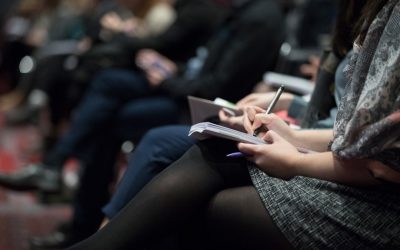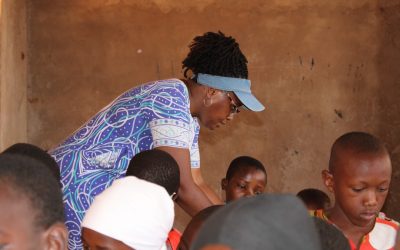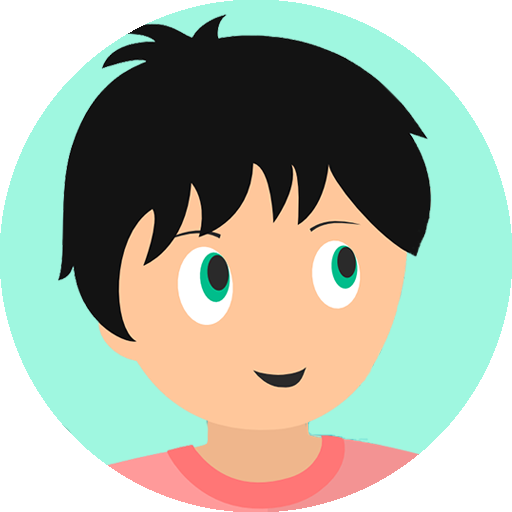The speech therapist can also treat adults, not just children. Indeed, an adult may need to be followed by a speech therapist for several reasons.
Sometimes, one can have disorders since birth, such as deafness, or since childhood, such as language disorders, which also require follow-up in adulthood. In addition, there may be situations that are triggered by a pathology or an accident, such as voice, swallowing or articulation problems.
Finally, today, many adults go to the speech therapist to improve their diction. This is often related to work in order to be able to make speeches in public. For example, we can have teachers, actors or even personalities.
The balance sheet
Before starting any treatment, it is necessary to have a speech therapy assessment. This assessment allows the speech-language pathologist to understand all of the person’s difficulties and to subsequently adapt the treatment. During the assessment, the person must talk about his or her situation (if he or she has a pathology, if he or she has had an accident or if it is a genetic situation). Then, he or she must take tests and do specific activities. Following the assessment, the speech therapist may request additional tests (ophthalmologist, psychomotrician, etc.).
The assessment is also offered in the middle and at the end of the therapeutic program, depending on the length of the program. An assessment in the middle of the course allows us to see the effectiveness of the treatment, the areas in which the person has improved and to adapt the second part of the treatment.
Speech therapy
The most common disorder in speech therapy for adults is aphasia. This disorder is present as a result of brain damage (as in stroke), Alzheimer’s disease or Parkinson’s disease.
In speech therapy, there are several types of treatments available, depending on the person and their difficulties. For example, for aphasia there are three types of approaches (which can also be used in other cases):
- Restoring functioning: use facilitation techniques, such as rehearsal.
- Rhythmic melodic therapy: using the melodic abilities of the right hemisphere (since in aphasia there is a lesion in the left hemisphere).
- PACE (Promoting Aphasics Communicative Effectiveness): using complementary tools, such as gestures, images or technologies
All treatments have common goals, such as improving the use of vocal techniques, improving articulation by training the muscles of the mouth and tongue, and learning to use complementary tools.
The Speech-Language Pathologist’s Tools
During the sessions, the speech-language pathologist may use several tools. There are free-body activities, where the person has to do exercises with their voice or make faces to improve their strength. The speech therapist may also use materials to assist the person during the activity: cards, stories or musical instruments. Finally, a very important tool is the new technologies (tablet and computer). In the digital medium, the speech therapist can find several activities and these are more motivating for the person.
Depending on the pathology and the difficulties of the person, we can have one or more sessions per week. Often, the speech therapist will ask the person to do activities at home between sessions to practice consistently.
In this case, technology can be helpful as the SLP can use applications during the sessions and the person can use the same application at home. For example, you can use the JOE application.
CLINT, your brain coach
CLINT is an application with more than 30 games to work all the cognitive functions. Each game has three levels of difficulty to adapt the activity to the person’s skills. The professional can use the application during the session, with the possibility to create a profile for each user. Or the person can use it at home between sessions.
In addition, on the Clint app there are the game statistics of the person with the game used, the success rate, the difficulty level and the cognitive functions worked. The professional can therefore see the person’s progress to verify the success of the treatment or can see what activities the person has done at home.
The games offered work on all cognitive functions, but there are many games that work on language.
Try the app for free for 1 week, on all tablets and smartphones, Android and Apple!
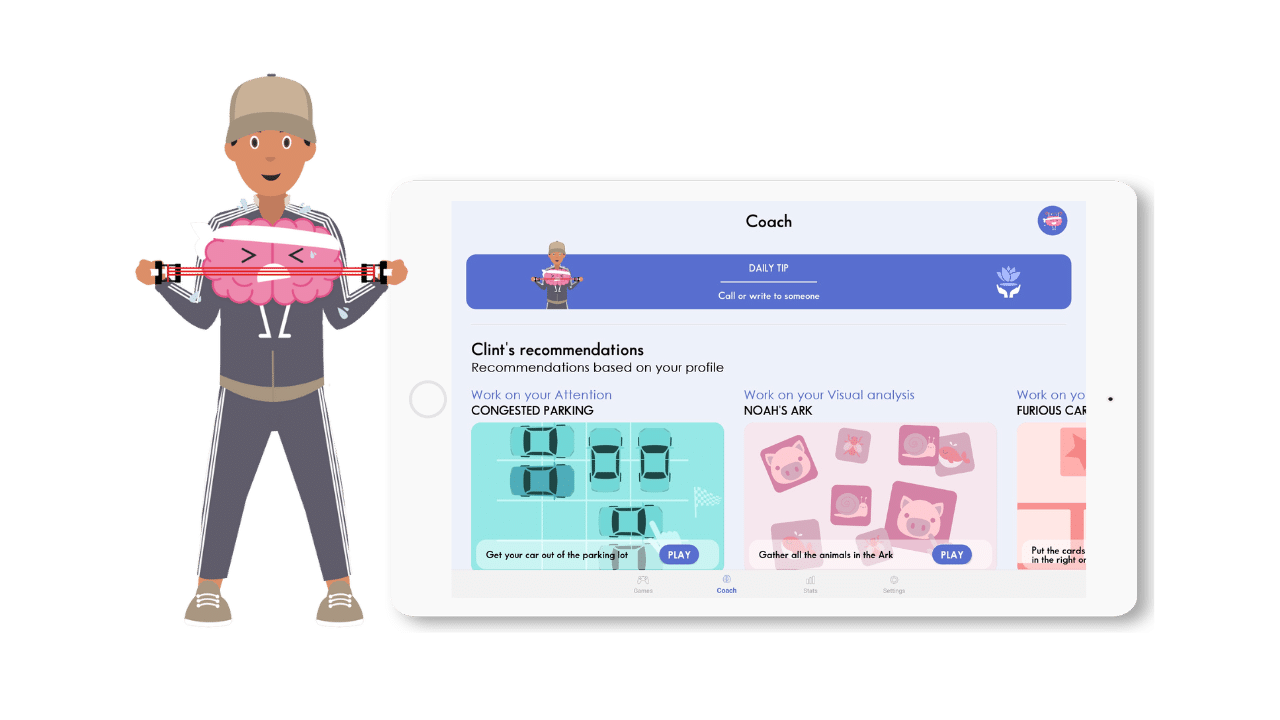
Brainstorm
In this game, the person must put the words in order to create sentences.
This game helps to work on sentence structure and logical word order.
In addition, the proposed sentences are proverbs or phrases from well-known songs, so the person can also use his semantic memory.
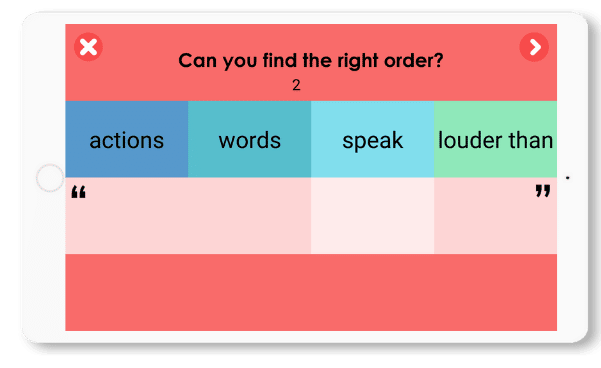
The Musical Ear
In this game, the person must recognize sounds, animals or instruments.
This way, auditory discrimination is worked on as well as word search in the vocabulary to find the solution.
The person can also be asked to try to produce the sound he or she has just heard to work on verbal production and on the rhythm of speech.
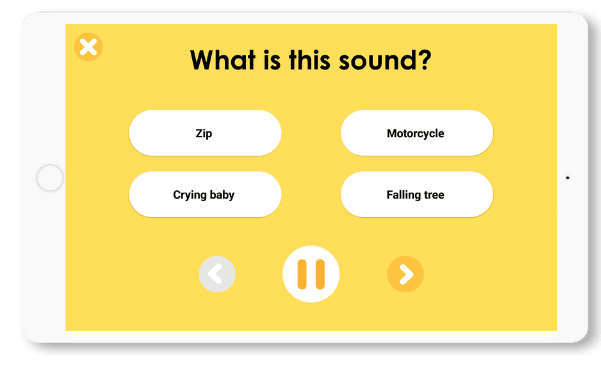
Hunting Intruders
In this game, the person has to find the odd one out between the four propositions.
To arrive at the solution, the person must be able to access his or her vocabulary, give meaning to the words and find a common category. The semantic classification is therefore put to work.
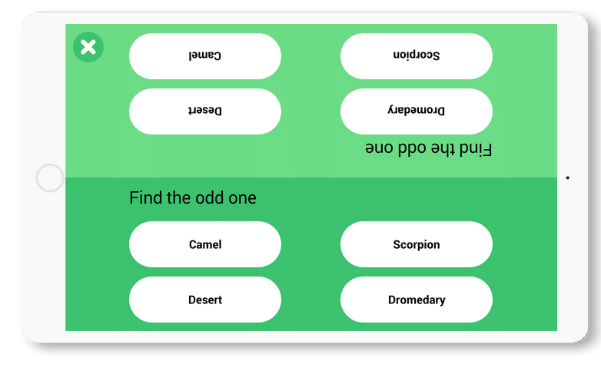
This game has a two-player mode where the screen is divided in two and each player plays on his side. Playing together can be useful during the session to make the activity more motivating, but also between sessions, to allow the person to share their treatment with their loved ones.
3 MONTHS
- Performance tracking
- Monthly updates
- Customer support
- No automatic renewal
$18 USD
1 YEAR
- Performance tracking
- Monthly updates
- Customer support
- No automatic renewal
$58 USD
Other articles that might interest you:
How Parents Can Contribute to Teacher Training
As we delve into the realm of education, it becomes increasingly clear that teacher training is not merely a...
Differentiated Instruction Approaches: Training and Practical Application
Differentiated instruction is a pedagogical approach that recognizes the diverse needs of students in a classroom. It...
Key Skills Teachers Need to Support Students with Special Needs
As we embark on our journey to support children with special needs, it is essential for us to cultivate a deep...


